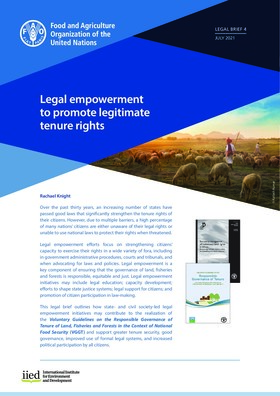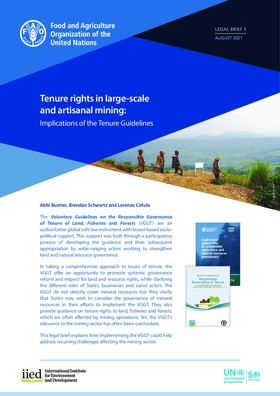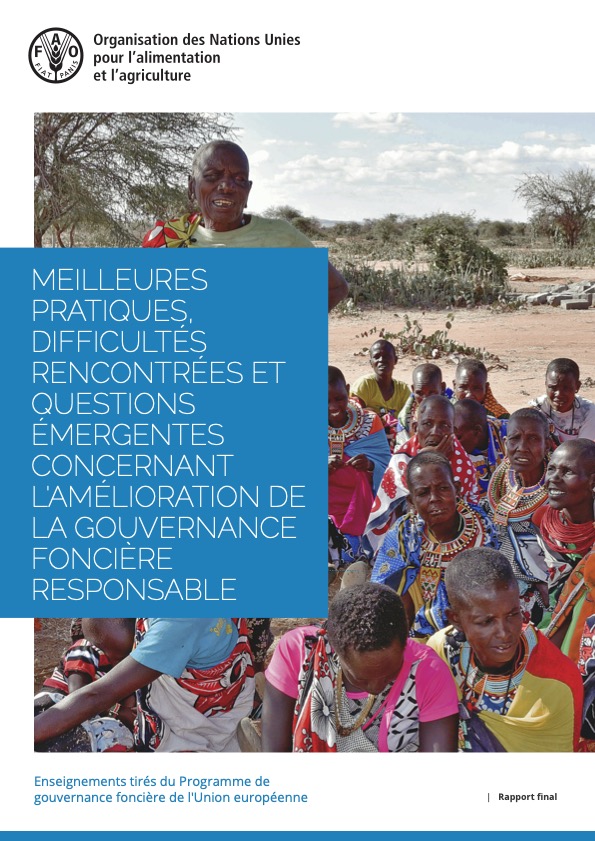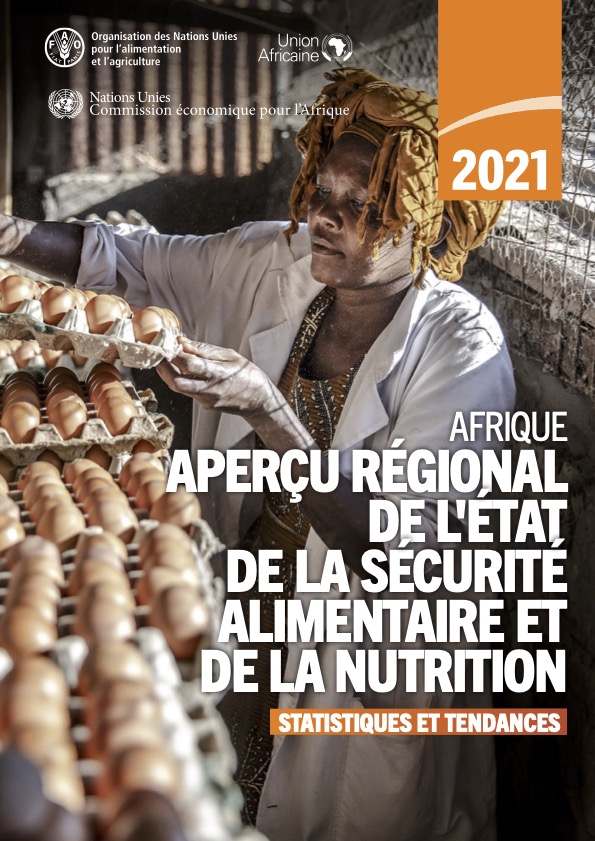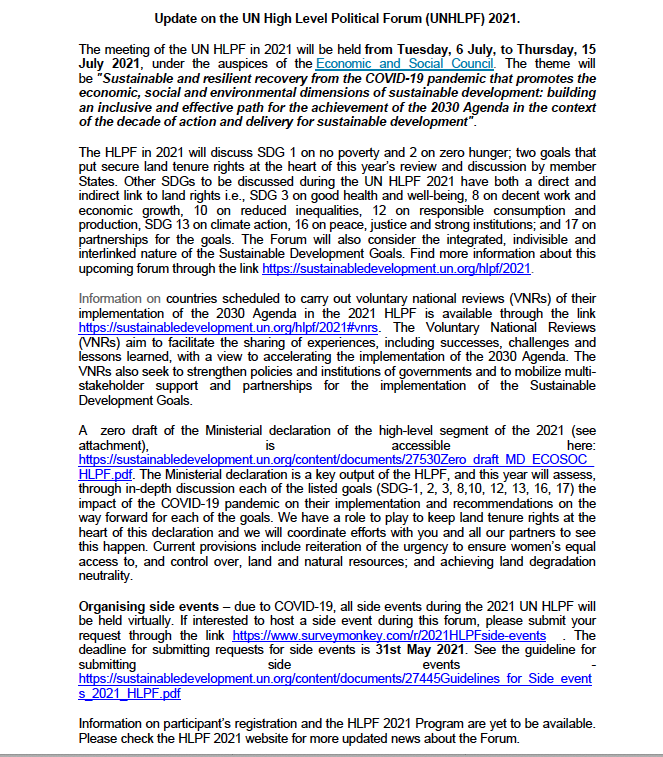Great Green Wall Accelerator Technical brief - Edition N°1
The Sahel region's Great Green Wall Initiative received a major boost from the African Development Bank on Monday. During a forum
hosted by French President Emmanuel Macron and His Royal Highness the Prince of Wales, the Bank pledged to assist in mobilising up
to $6.5 billion over five years, to advance the landmark initiative.

